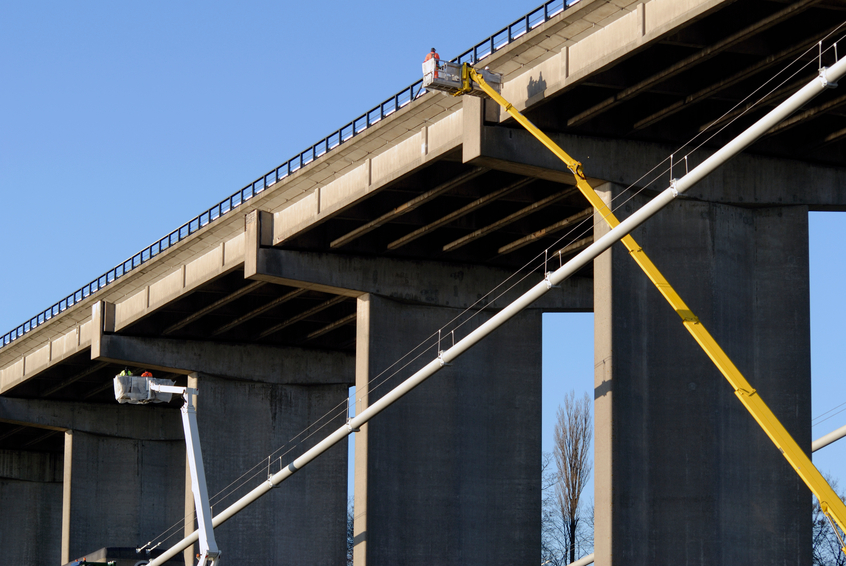Engineering Principles and Practices for Retrofitting Flood-Prone Residential Structures – Part 1

This online engineering PDH course provides engineering design and economic guidance to engineers, architects, and local code officials about what constitutes technically feasible and cost-effective retrofitting measures for flood-prone residential structures.
The focus of this course is the retrofitting of one- to four-family residences subject to flooding situations without wave action. It presents various retrofitting measures that provide both active and passive efforts and employ both dry and wet floodproofing measures. These include elevation of the structure in place, relocation of the structure, construction of barriers (floodwalls and levees), dry floodproofing (sealants, closures, sump pumps, and backflow valves), and wet floodproofing (flood damage-resistant materials and protection of utilities and contents).
Also, It delves into the regulatory landscape, highlighting the roles of local officials and the guidelines set forth by the National Flood Insurance Program (NFIP) and the International Building Code (IBC). The course further examines the critical factors influencing retrofitting decisions. Additionally, it offers guidance on identifying and addressing specific hazards to determine the most suitable retrofitting solutions for residential structures. Therefore, the focus of this course is on retrofitting buildings that are subject to flooding.
This 3 PDH online course is applicable to structural engineers, geotechnical engineers, and environmental engineers and professionals who are interested in learning more about the design, analysis, and implementation of measures to mitigate flood risks and improve the resilience of residential structures against natural hazards.
This PE continuing education course is intended to provide you with the following specific knowledge and skills:
- To know what is retrofitting
- To know about various flood retrofit options, including their definitions, advantages, and disadvantages
- To understand the community floodplain management and building code environment
- To learn about the factors influencing retrofitting decisions
- To gain guidance on determining specific hazards to identify the most suitable retrofitting solutions for residential structures
Upon successful completion of the quiz, print your Certificate of Completion instantly. (Note: if you are paying by check or money order, you will be able to print it after we receive your payment.) For your convenience, we will also email it to you. Please note that you can log in to your account at any time to access and print your Certificate of Completion.